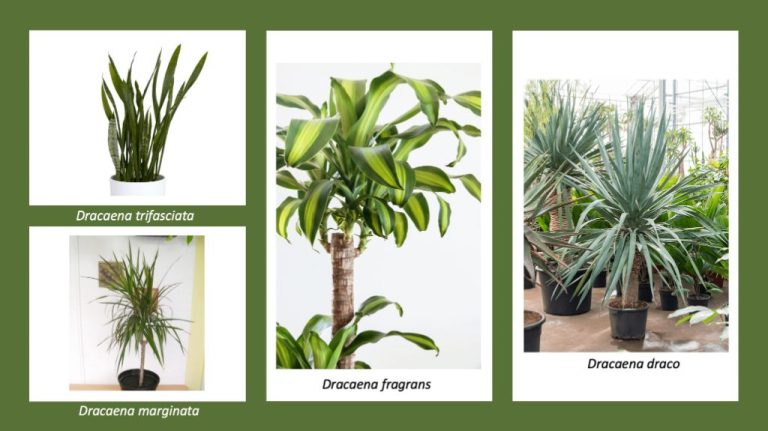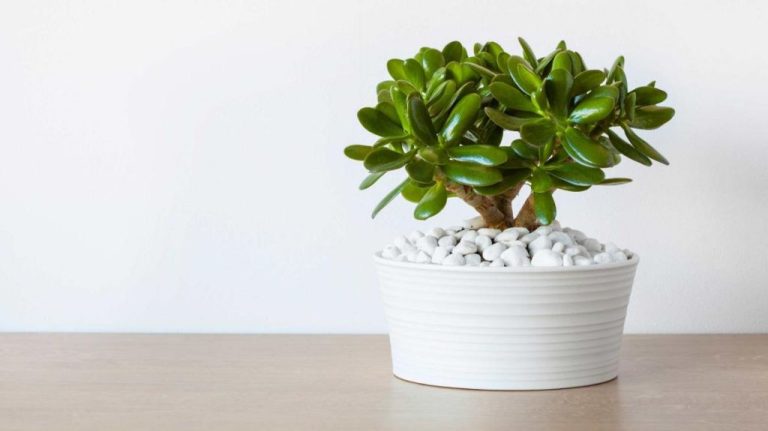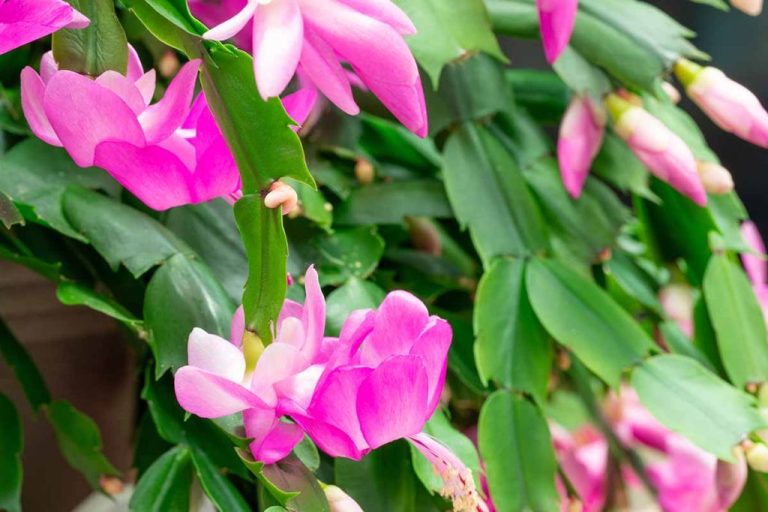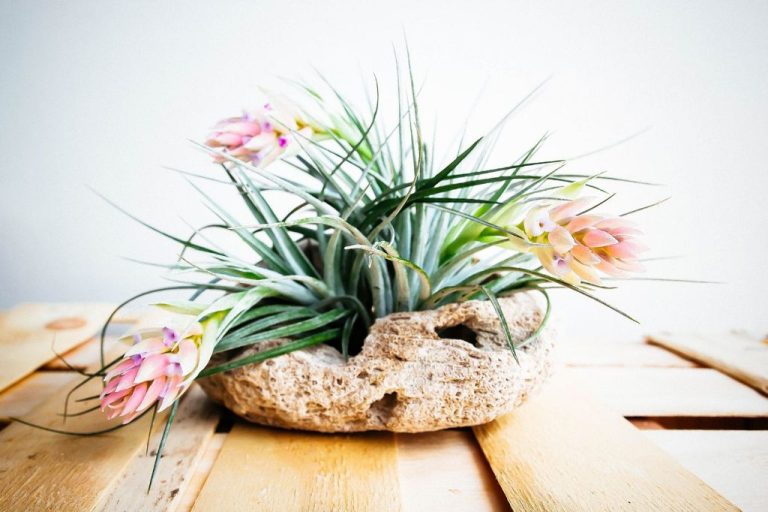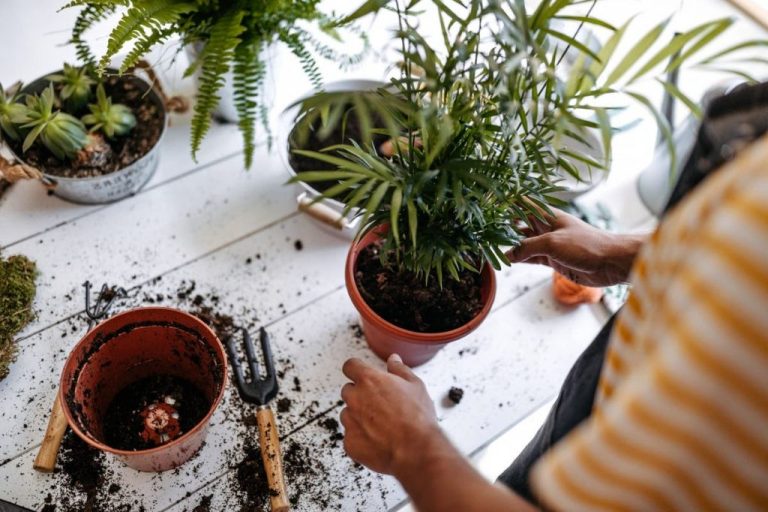Complete Guide To Caring For Kalanchoe Plants Indoors
Kalanchoes are a genus of around 125 species of succulent plants native to Southeast Asia and southern Africa (Britannica). They are popular as indoor plants due to their interesting foliage and bright, colorful blooms. Some of the most common Kalanchoe varieties grown indoors include:
- Kalanchoe blossfeldiana – Also known as flaming Katy, it produces clusters of flowers in shades of red, orange, pink, and white.
- Kalanchoe tomentosa – Known for its velvety leaves. It has green leaves with brown tips.
- Kalanchoe pinnata – Produces paddle-shaped leaves that can grow quite large. It has scalloped edges.
- Kalanchoe fedtschenkoi – Lavender scallops plant. Has gray-green leaves with lavender scalloped edges.
In their native environments, most Kalanchoe species are found in arid areas and have adapted to drought conditions. They store water in their thick, fleshy leaves which allows them to thrive in warm, dry indoor environments.
Ideal Growing Conditions
Kalanchoe plants thrive in bright, indirect sunlight. When growing kalanchoe indoors, place the plant near an east, west, or south facing window where it will receive plenty of light without being in direct sun which can scorch the leaves (The Spruce, 2022). Outdoor kalanchoe plants prefer partial shade to full sun. Provide shade during the hottest part of the day.

Kalanchoes grow best with daytime temperatures between 60-85°F and nighttime temps of 50-55°F (Birds and Blooms, 2021). Avoid cold drafts which can damage the foliage.
Kalanchoes prefer low humidity levels, so take care not to overwater which increases moisture in the air. The ideal humidity range is 40-50% (The Spruce, 2022).
Soil Needs
Kalanchoes thrive in a well-draining potting soil mix. The ideal potting mix is 60% peat moss and 40% perlite, according to White Flower Farm. This ensures the soil drains freely while still retaining some moisture and nutrients.
You can also find commercially prepared cactus and succulent potting mixes that work well for kalanchoes. Avoid regular potting soil, as it retains too much moisture and can lead to root rot.
Whatever potting mix you use, make sure it is lightweight and loose to allow excess water to quickly pass through. Heavy, dense soils will hold onto moisture and suffocate the roots. Good drainage is key to avoiding diseases.
Use containers with drainage holes so excess water can easily escape. Place some gravel or pebbles at the bottom of the pot to improve drainage. Avoid using non-porous containers like glazed ceramic that may trap moisture.
Watering
Kalanchoes do best when allowed to dry out between waterings. A good rule of thumb is to check the soil moisture by sticking your finger into the soil to about 2 inches deep. If the soil is dry all the way to your fingertip, it’s time to water.
You’ll generally need to water a kalanchoe plant every 1-2 weeks, depending on factors like temperature, light levels, humidity, soil type, and container size. Allow the soil to dry out completely before watering again. Take care not to overwater, as too much moisture can lead to root rot.
Signs that your kalanchoe is being overwatered:
- Wilting or drooping leaves
- Yellowing leaves
- Brown, mushy spots on leaves or stems
If the leaves start to shrivel or look wrinkled, it’s a sign the plant is underwatered and needs more frequent watering. Leaves may also start dropping if the plant is very thirsty.
The best time to water is in the morning, so the leaves have time to dry out during the day. Water thoroughly until it runs out the drainage holes, then dump out any excess water in the saucer.
Fertilizer
Kalanchoes are not heavy feeders and typically do not need frequent fertilization to thrive. However, applying fertilizer occasionally can promote healthy growth. The ideal fertilizer for kalanchoes is a balanced, water-soluble houseplant formula. Look for equal ratios of nitrogen, phosphorus, and potassium in the fertilizer analysis (such as 10-10-10 or 20-20-20).
Avoid over-fertilizing kalanchoes, as this can damage the roots. Fertilize once every 4-6 weeks during the active growing season (spring through fall). Reduce application to once every 8-10 weeks during the winter when growth slows. Always follow the fertilizer label instructions for dosage and proper dilution with water.
Some gardeners prefer to use organic fertilizers such as compost tea, worm castings, or fish emulsion. These provide nutrients in a more gradual, natural way. Organic options should be applied more frequently than chemical fertilizers.
When fertilizing kalanchoes, it’s important to water the plant thoroughly afterward to avoid fertilizer burn. Leach out any built up salts by watering until it runs from the drainage holes. This will prevent toxicity and keep the soil balanced.
Pruning
Pruning is an essential part of caring for kalanchoe plants. It helps promote bushy, compact growth and fuller foliage. The best time to prune kalanchoe is after it finishes blooming. Typically, this occurs during late winter or early spring.
When pruning kalanchoe, use clean, sharp pruning shears or scissors. Cut back stems by about 1/3 of their length, trimming just above leaf nodes where new growth can emerge. Take care not to remove more than 30% of the overall foliage, as drastic pruning can shock the plant.
You should also prune off any dead, damaged, or unsightly growth as needed throughout the year. Prune leggy stems back to just above the plant’s base. This helps prevent the plant from becoming overly lanky and encourages new, bushy regrowth.
Pruning is best done in the morning on a dry, sunny day. Avoid pruning on cold or wet days. After pruning, you can propagate cuttings to create new kalanchoe plants if desired. Just be sure not to over-prune, as too much cutting can stress the plant.
With proper pruning at the right times, your kalanchoe will stay shapely and flowering. It’s an easy maintenance task that promotes plant health.
Source: https://www.wikihow.com/Prune-Kalanchoe
Troubleshooting Common Issues
Like all houseplants, kalanchoes can sometimes develop problems from pests, diseases, or environmental factors. Being able to identify and treat common kalanchoe issues can help keep your plants healthy and thriving.
Identifying Common Pests
Some insects that may attack kalanchoe plants include mealybugs, aphids, and spider mites. Mealybugs are soft-bodied, wingless insects that feed on plant sap and leave behind a cottony residue. Aphids are small, soft-bodied insects that suck plant juices. Spider mites are tiny pests that form webs on leaves and stems. Checking undersides of leaves regularly can help catch an infestation early.
Identifying Diseases
Common diseases include root, crown or heart rot, powdery mildew, leaf spot, and botrytis blight. Root or crown rot leads to wilting leaves and stems that are dark or mushy. Powdery mildew causes a white powdery coating on leaves. Leaf spot leads to round brown spots on foliage. Botrytis blight causes grey mold on leaves, flowers, or stems.
Solutions for Pest and Disease Issues
For pest issues, try wiping leaves with a damp cloth or using horticultural oil or insecticidal soap. Ensure good air circulation. Remove badly infested foliage. For diseases, trim off affected parts. Discard diseased plants to prevent spread. Improve air flow and water only the soil. Treat with fungicides if the issue persists.
Isolating and promptly treating affected plants can help get an infestation under control. Maintaining proper growing conditions can also make kalanchoes less susceptible to problems.
Propagation
Kalanchoe can be easily propagated through stem cuttings, leaf cuttings, or offsets. The best time to propagate is during the growing season, from early spring through summer. Take 3-6 inch stem cuttings below a leaf node, strip the lower leaves, and place in water or moist potting mix. Roots will sprout in 2-3 weeks. You can also remove an offset from the mother plant and plant it directly into soil. Leaves can be gently twisted off and placed on soil to grow baby plantlets, which may take 1-2 months. Kalanchoe generally propagate quickly and easily both in water and soil.
According to https://www.epicgardening.com/how-to-propagate-kalanchoe/, kalanchoe is best propagated by stem cuttings or offsets, which usually root in 15-20 days. Offsets can be removed and potted up once they have developed their own roots. The mother plant will continue producing new offsets after pruning.
Tips for Healthy Growth
Kalanchoes thrive when provided with the right care and growing conditions. Here are some tips to keep your kalanchoe healthy and encourage lush growth:
Ideal Pot Size
Choose a pot that is just large enough to fit the root ball of your kalanchoe. Overpotting can lead to root rot from too much moisture retention. A pot that is just 2-4 inches larger than the root ball is ideal. Make sure the pot has drainage holes to prevent soggy soil.
Encouraging Blooms
Kalanchoes will bloom naturally in winter or spring, but you can encourage more flowering by providing bright light. Aim for 8-10 hours of sunlight daily. Pinching off spent blooms after flowering also promotes more buds.[1]
Maintaining Compact Size
Trim back leggy growth to keep kalanchoes bushy and compact. Prune just above leaf nodes where new growth can emerge. Remove any crowded, damaged, or unsightly growth as needed to shape the plant.
With the right care, kalanchoes will stay shapely, flowering, and lush for years to come.
[1] https://www.bhg.com/gardening/plant-dictionary/houseplant/kalanchoe/
FAQs
Here are answers to some frequently asked questions about caring for kalanchoe plants indoors:
How much light does a kalanchoe need indoors?
Kalanchoes do best with bright, indirect light when grown indoors. South or west facing windows are ideal. Some direct sun is ok, but limit exposure to a few hours per day as too much direct light can scorch the leaves (source).
How often should I water an indoor kalanchoe?
Allow the soil to dry out between waterings, then soak the soil completely. Water about once a week in the summer and every 2-3 weeks in the winter. The leaves will start to wrinkle when they need water (source).
What temperature is best for kalanchoe plants?
Daytime temps of 65-85°F and nighttime temps around 60°F are ideal. Avoid exposing kalanchoes to temps below 50°F for extended periods (source).
Should I mist my kalanchoe?
Avoid misting kalanchoe leaves as it can promote fungal diseases. Provide proper watering at the soil instead (source).

